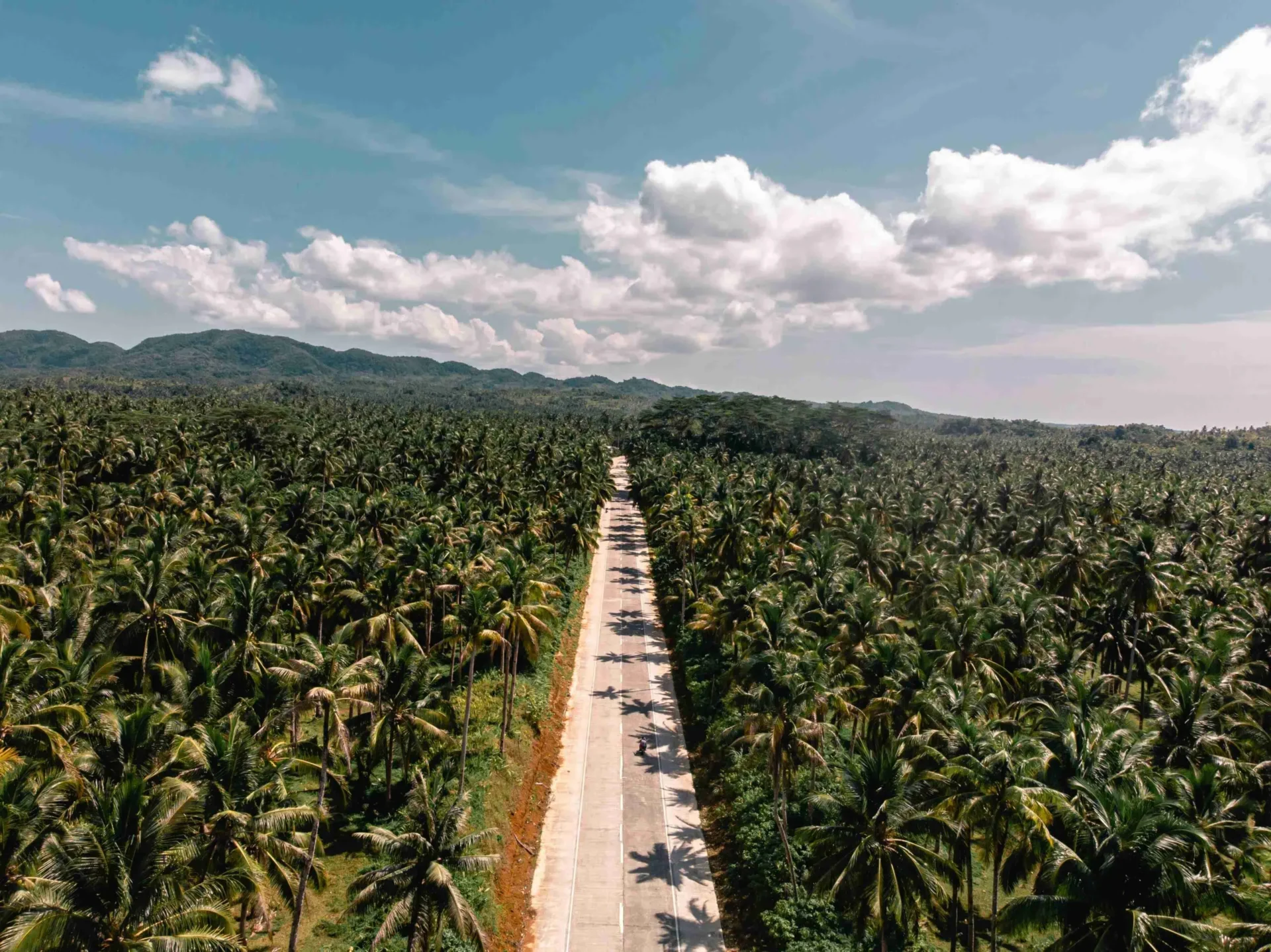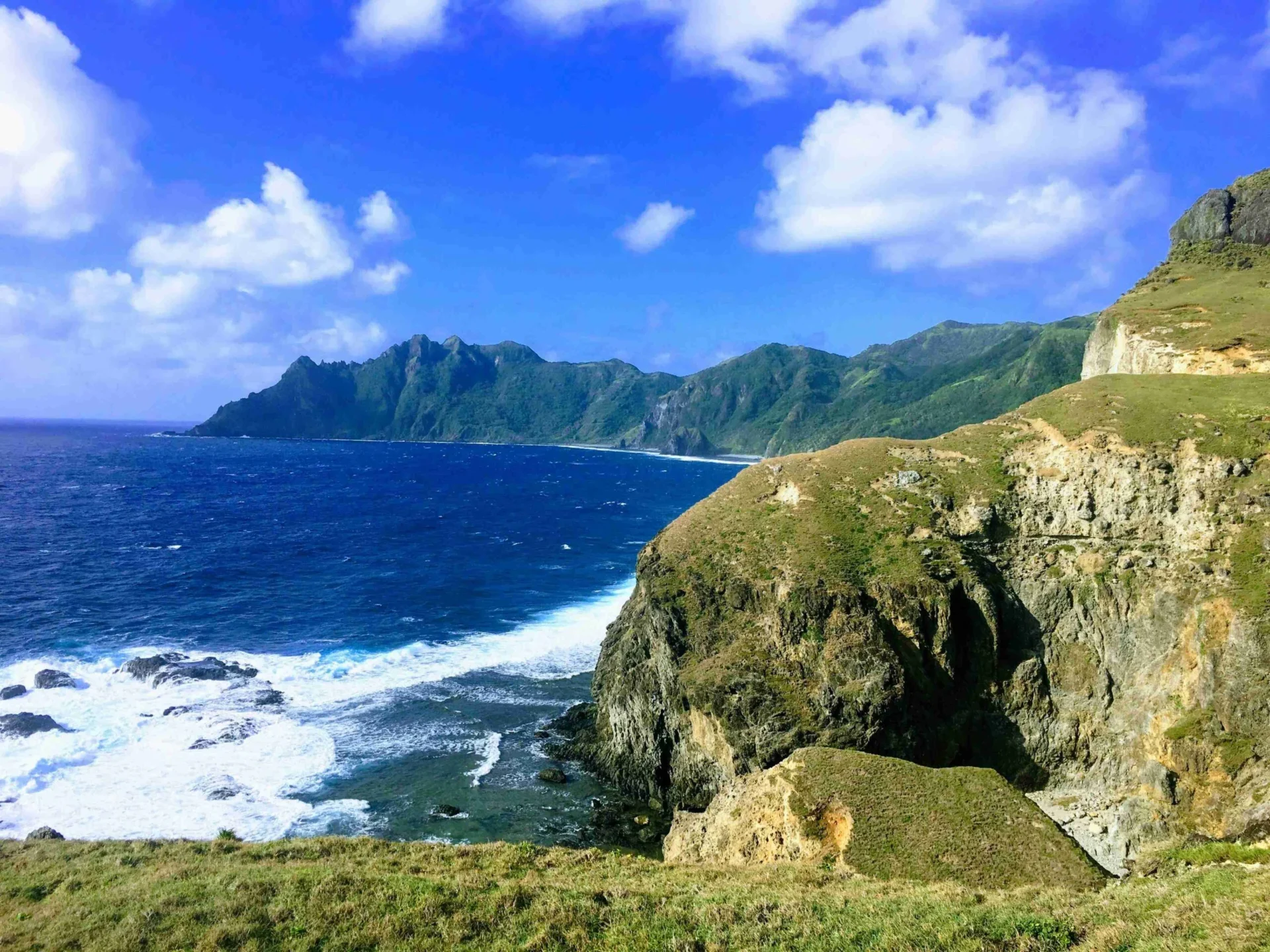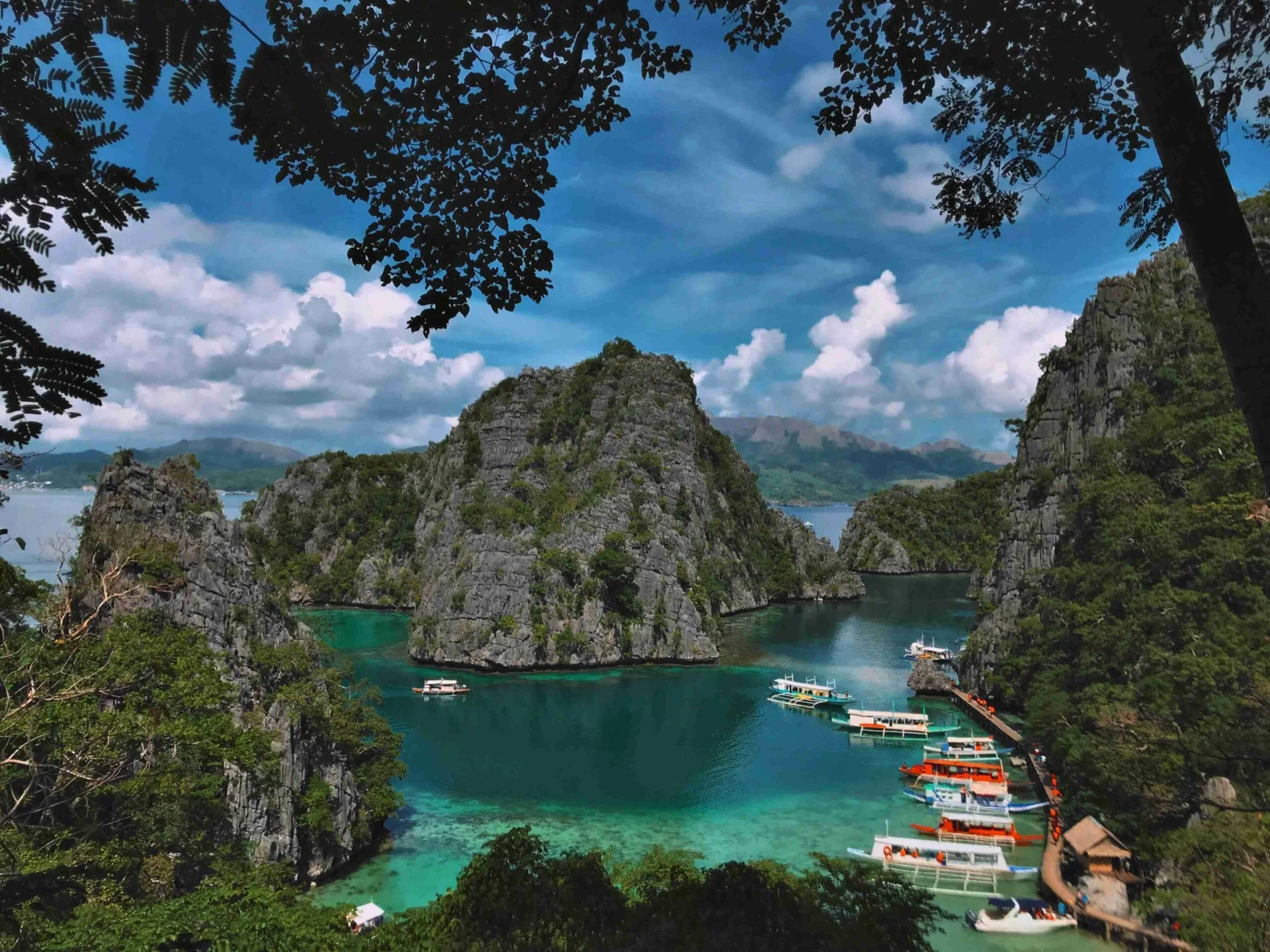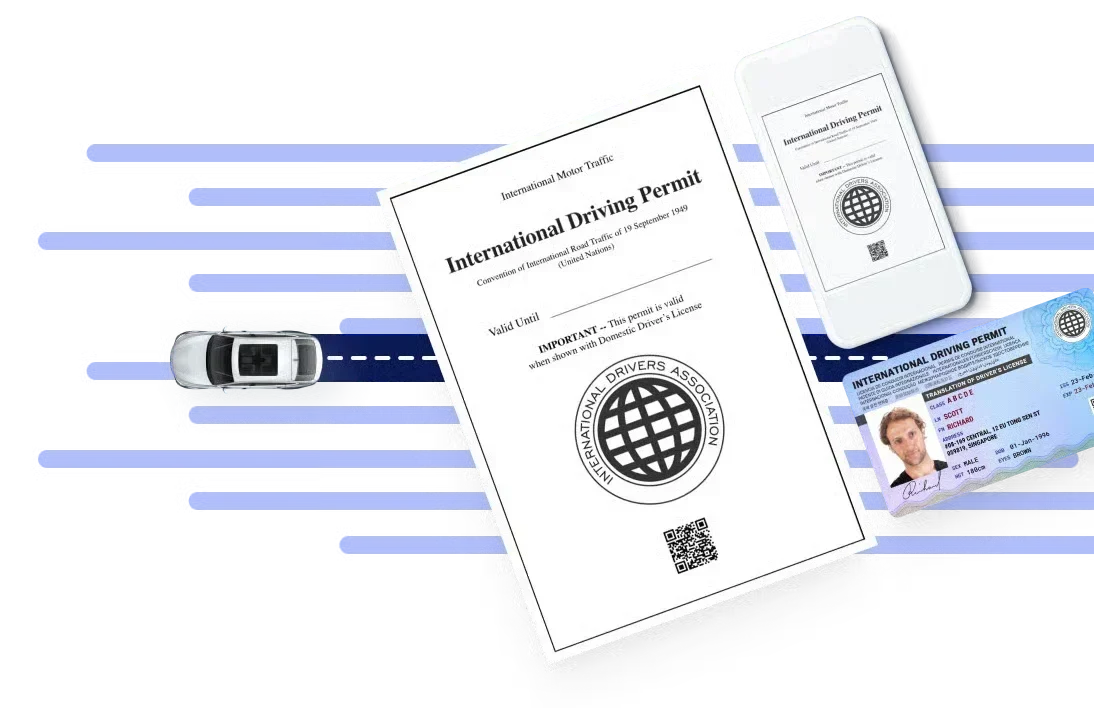The Philippines is a tropical paradise with stunning destinations like Palawan, Boracay, and Cebu, offering year-round adventures. This article gives a month-by-month breakdown of the weather across Luzon, Visayas, and Manila , helping you find the perfect time to travel for beach getaways, festivals like Sinulog and Ati-Atihan, or ideal accommodation. Discover the best time for minimal rain and sunny skies!
Check if you need an IDP NowWhere was your license issued?
Destination
Planning Your Trip to the Philippines
Timing is crucial when planning a visit to the Philippines, as it can significantly impact your travel experience. Understanding the best times to go will help you make the most of your trip.
When is the Best Time to Visit the Philippines?
The best time to visit the Philippines falls during the dry season from November to April. This period offers sunny weather, making it perfect for beach activities and outdoor adventures. Expect more crowds during the peak tourist months of December to February. For fewer tourists and still pleasant weather, consider visiting in the shoulder months of November or April. Be aware that the rainy season from May to October brings heavy rainfall and typhoons, particularly in certain regions.
When is the Cheapest Time/Season to Visit the Philippines?
The cheapest time to visit the Philippines typically falls during the rainy season, which runs from May to October. While you might encounter heavy rain and occasional typhoons, this period offers lower accommodation rates and fewer tourists, making it more budget-friendly for travelers willing to take the risk.
When is Peak Travel Season in the Philippines?
The peak travel season in the Philippines occurs from December to February, coinciding with the dry season and the holiday festivities. During these months, travelers flock to popular destinations for sunny weather and various local celebrations, leading to higher prices and crowded attractions.
When is the Best Time to go to the Beach in the Philippines?
The best time to hit the beaches in the Philippines falls between November and April during the dry season. This period brings sunny skies and warm temperatures, perfect for swimming, sunbathing, and water sports. December to February attracts many visitors, but you can avoid the crowds by going in the shoulder months of November or April while still enjoying pleasant beach weather.
I’m Visiting the Philippines for the First Time. Which Cities Should I Explore?
If you’re visiting the Philippines for the first time, consider exploring these five cities:
1. Manila: The bustling capital offers a mix of history, culture, and modern attractions. Visit Intramuros for historical landmarks and enjoy vibrant nightlife in Bonifacio Global City.
2. Cebu City: Known as the “Queen City of the South,” Cebu City is famous for its historical sites, stunning beaches, and delicious lechon. Don’t miss Magellan’s Cross and the nearby islands.
3. Davao City: Home to Mount Apo, the country’s highest peak, Davao is known for its natural beauty and rich culture. Visit the Philippine Eagle Center and enjoy fresh durian from local markets.
4. Baguio City: Known as the “Summer Capital of the Philippines,” Baguio offers a cool climate and beautiful pine trees. Explore Burnham Park and the vibrant night market.
5. Palawan (Puerto Princesa and El Nido): Although not cities, Puerto Princesa and El Nido are must-visit destinations for their stunning landscapes, crystal-clear waters, and breathtaking limestone cliffs. Explore the Underground River and island-hop in El Nido for unforgettable experiences.
If you plan to drive in these cities, remember to secure an international driving document to ensure a smooth journey. These cities will give you a taste of the diverse culture, stunning landscapes, and warm hospitality of the Philippines!
January
January and February are part of the dry season in the Philippines, making it the best time to go and explore the country’s beautiful beaches like Boracay, Palawan, and Siargao. With temperatures ranging from 22°C to 31°C, the warm weather and low rainfall create ideal conditions for a trip to the Philippines. Popular festivals such as Sinulog and Ati-Atihan bring a festive vibe to the third week of January, so plan, as this is peak travel season. Avoid the typhoon season, which runs from June to November, and enjoy exploring the Philippines during the dry season, which lasts from November to April.
February
In February, the weather in the Philippines remains warm, with temperatures ranging from 22°C to 31°C and low rainfall. This is one of the best times to go as it’s perfect for exploring beautiful destinations like Baguio for its cooler mountain climate. The month features notable festivals like Panagbenga, also known as the Flower Festival, which showcases vibrant floral displays. It’s an ideal time to travel to the Philippines, making it an excellent opportunity for those planning a trip to the Philippines before the typhoon season begins.
March
The weather in the Philippines heats up in March, with temperatures rising from 23°C to 33°C and low to moderate rainfall, marking the transition toward the hot season. This month falls within the dry season in the Philippines, making it an excellent time to travel and explore beautiful destinations like Cebu, known for its diving and historical sites, and Davao, offering a mix of urban attractions and natural wonders. March also features the Moriones Festival and the extended Panagbenga Festival in Baguio. As humidity increases, staying hydrated is crucial, especially as Holy Week approaches, when many locals travel, making it a popular time for tourists to visit the country.
April
In April, the weather in the Philippines is warm, with temperatures ranging from 24°C to 34°C and low rainfall, continuing the dry season. This month of the year is ideal for a trip to the Philippines, as it offers excellent conditions for water sports in destinations like Boracay and Palawan, which are perfect for snorkeling and island hopping. Cebu also remains a highlight for exploring underwater marvels. Notable festivals include the Pintados Festival in Tacloban and the Santo Niño de Cebu celebrations, providing an excellent opportunity to experience local culture. Travelers should prioritize sun protection and participate in festivals to enjoy this peak travel season, as April is among the best times to go.


May
In May, the weather remains warm, with temperatures ranging from 24°C to 34°C, but rainfall begins to increase as the dry season comes to an end. This month is a great time to travel to Siargao, where you can still enjoy world-class surfing, or to Bohol for a more relaxed visit without the crowds. Manila offers a vibrant mix of museums, shopping centers, and historical sites. Notable festivals such as Flores de Mayo honor the Virgin Mary with stunning floral displays, making it a fantastic opportunity to visit the country.
June
The Philippines enters the rainy season in June, with temperatures ranging from 25°C to 35°C and very high humidity. Davao is great for urban and nature exploration, Batanes offers cooler weather, and Cebu is ideal for diving before heavier rains. Independence Day (June 12) is celebrated nationwide with parades and fireworks. Stay hydrated, keep cool, and monitor weather updates for sudden showers or typhoons.
July
In July, the weather in the Philippines is characterized by high rainfall, marking the peak of the rainy season. Davao experiences less rainfall, Batanes offers a cooler climate and stunning landscapes, while Manila is ideal for indoor activities like shopping and dining during this time. Notable preparations begin for festivals such as the Kadayawan Festival in Davao and the Aliwan Fiesta in Manila, which showcases rich cultural performances. When planning your trip, consider travel insurance for potential typhoon disruptions and pack waterproof gear, including rain jackets and umbrellas, to stay comfortable while exploring.
August
Prioritize indoor activities such as museums, malls, and restaurants during August in the Philippines because it remains rainy, with temperatures between 24°C and 31°C and high humidity. Davao offers a chance to explore urban attractions with relatively less rainfall, while Manila is also a great option for cultural and historical tours despite the weather. Notable festivals this month include the Kadayawan Festival in Davao, which celebrates cultural diversity and bountiful harvests, and the Obando Fertility Rites in Bulacan, a traditional dance ritual.

Where was your license issued?
Destination
September
In September, the Philippines experiences high rainfall and humidity, with temperatures ranging from 24°C to 31°C. Batanes remains a serene getaway, while Davao offers a mix of urban and nature experiences. Some areas of Palawan may still be accessible, but it’s essential to check weather conditions. Notable festivals include the Gumamela Festival in Iloilo, which celebrates the gumamela flower with street dancing, and the Higantes Festival in Angono, which features giant papier-mâché effigies.
October
October is a great time to explore outdoor attractions and enjoy festive decorations leading up to the holiday season with moderate humidity and temperatures ranging from 22°C to 30°C. Tagaytay offers cooler highland weather and stunning views, while Sagada is perfect for hiking and cave exploration. Boracay reopens for peak season as conditions improve. Notable festivals include the Mid-Autumn Festival, celebrated in Manila with lantern displays and mooncakes and the culmination of Flores de Mayo, featuring processions and community gatherings.
November
November experiences moderate humidity and temperatures between 22°C and 30°C, with rainfall further decreasing as the dry season sets in. Travelers flock to Tagaytay for a pleasant climate and scenic views, while some visit Sagada for outdoor adventures in cooler temperatures. Cebu is perfect for exploring beautiful beaches and historical sites. Notable events include All Saints’ Day on November 1-2, a significant religious observance involving cemetery visits.
December
This month in the Philippines brings ideal dry season weather with moderate humidity and temperatures between 22°C and 30°C. Boracay and Palawan offer perfect conditions for beach trips, island hopping, and diving, while Manila dazzles with vibrant holiday lights and festive events. The month is highlighted by Christmas celebrations, known for their elaborate decorations and midnight masses, and New Year’s Eve, featuring grand fireworks. Be sure to book early, as December is a peak travel month, and enjoy the festive Filipino atmosphere with traditions like Simbang Gabi and colorful parol lanterns.
Travel Tips for Tourists Visiting the Philippines
Visa Information
Tourists from many countries can enter the Philippines without a visa for stays of 30 days or less. However, ensure your passport is valid for at least six months from your arrival date. To stay longer, apply for a visa extension at immigration offices throughout the country.
Weather and Best Time to Visit
The Philippines has two distinct seasons: the dry season (November to April) and the wet season (June to November). The best time to visit the Philippines is during the dry season, particularly from December to May when the weather is ideal for exploring the beautiful beaches and outdoor attractions like Siargao and the rice terraces in northern Luzon.
January to February offers warm, comfortable weather, while March and April are the hottest. If you’re planning a trip during the rainy season, consider the possibility of heavy rainfall and typhoons, especially between June and November.
Getting Around
The Philippines is an archipelago with over 7,000 islands, so domestic flights are often the fastest way to travel between major destinations. Ferries are also available for inter-island travel, with routes between famous islands like Cebu, Bohol, and Palawan. For getting around within cities, aside from renting a car in the Philippines , jeepneys and tricycles are the most common modes of transport. You can also use ride-hailing apps like Grab for convenience in urban areas.
Renting and Driving a Car
Renting a car in the Philippines is possible in major cities and popular tourist spots like Manila, Cebu, and Boracay. However, driving in the Philippines can be challenging due to heavy traffic, especially in urban areas. International driver’s licenses are accepted, but driving conditions vary in rural areas. Hiring a driver might be a safer option if you’re unfamiliar with the terrain.
Safety Tips
- The Philippines is generally safe for tourists, but it’s important to be cautious in crowded places to avoid petty crimes like pickpocketing. Stick to well-lit and populated areas, especially at night.
- Monitor weather reports constantly, particularly during the rainy season in the Philippines and typhoon season, which typically occurs from June to November.
- The dry season from November to April is considered the safest and most pleasant for travel, but even during this time, unpredictable weather can still occur.
Packing Tips
- Pack lightweight, breathable clothing since the Philippines is humid all year round. For protection during the dry season, remember sunscreen, a hat, and sunglasses.
- For those visiting during the wet season, bring waterproof bags and a good-quality rain jacket. Be prepared for heavy rain, especially when traveling between June and November.
- Comfortable shoes are a must, especially if you visit remote destinations like the Rice Terraces or Hundred Islands National Park.
Following these tips and planning your trip for the best time, you’ll have an unforgettable experience visiting the Philippines!
FAQs
What is the best time to visit the Philippines?The best time to visit the Philippines is during the dry season, which lasts from November to April. This period offers amazing weather, ideal for exploring the country’s beautiful beaches, rice terraces, and other attractions. December to March are trendy months, with warm weather and minimal rainfall.
When is the peak travel season in the Philippines?The peak travel season aligns with the dry season, especially from December to May. November to April is considered the most popular time for tourists to visit. Due to the fantastic weather and festive events like Christmas and New Year, December to March is particularly sought after.
What transportation options are available in the Philippines?The Philippines offers various transportation options, including:
- Domestic Flights: Connecting the thousands of islands.
- Ferries and Boats: For inter-island travel.
- Jeepneys and Buses: Common for city and regional transport.
- Taxis and Ride-Sharing Services: Available in major cities.
Yes, you can rent a car in the Philippines. It is advisable to have a driving permit abroad or an International Driving Permit (IDP) along with your home country’s driver’s license. Planning a trip with a rental car offers flexibility, especially when exploring areas outside major cities.
What should I know about festival etiquette and culture in the Philippines?The Philippines is rich in cultural festivals, such as Flores de Mayo. Festival etiquette includes:
- Respecting Local Traditions: Participate respectfully in events and ceremonies.
- Dressing Appropriately: Wear suitable attire for festivals and religious events.
- Engaging with Locals: Embrace the Philippine culture by interacting politely and showing appreciation for their traditions.
To manage weather in the Philippines:
- Check Weather Reports: Regularly monitor updates.
- Flexible Itinerary: Allow for changes in plans due to weather conditions.
- Travel Insurance: Consider coverage for weather-related disruptions.
Visiting during Christmas and New Year can still be suitable for experiencing vibrant festivities, but expect higher peak travel season crowds and higher prices. Sunday in January and the second week of January are festive times with lively celebrations.
What cultural experiences should I not miss when visiting the Philippines?- Attend Local Festivals: Experience vibrant celebrations such as Flores de Mayo, Flower Festival, etc.
- Explore Traditional Villages: Learn about indigenous cultures and traditions.
- Enjoy Local Cuisine: Taste authentic Filipino dishes in various regions.
- Respect Local Customs: Be mindful of cultural norms and etiquette to enhance your experience.
Wrapping It Up
The Philippines offers a diverse and vibrant travel experience, with its ideal dry season from November to April providing the perfect backdrop for exploring the country’s beautiful beaches, rich cultural festivals, and stunning natural wonders like the Rice Terraces. Whether planning your trip around the peak travel season or looking for quieter moments during the year, understanding the country’s weather patterns, transportation options, and cultural etiquette will ensure a seamless and enriching journey. With its warm climate and welcoming people, the Philippines is a destination that promises unforgettable adventures no matter when you choose to visit.






